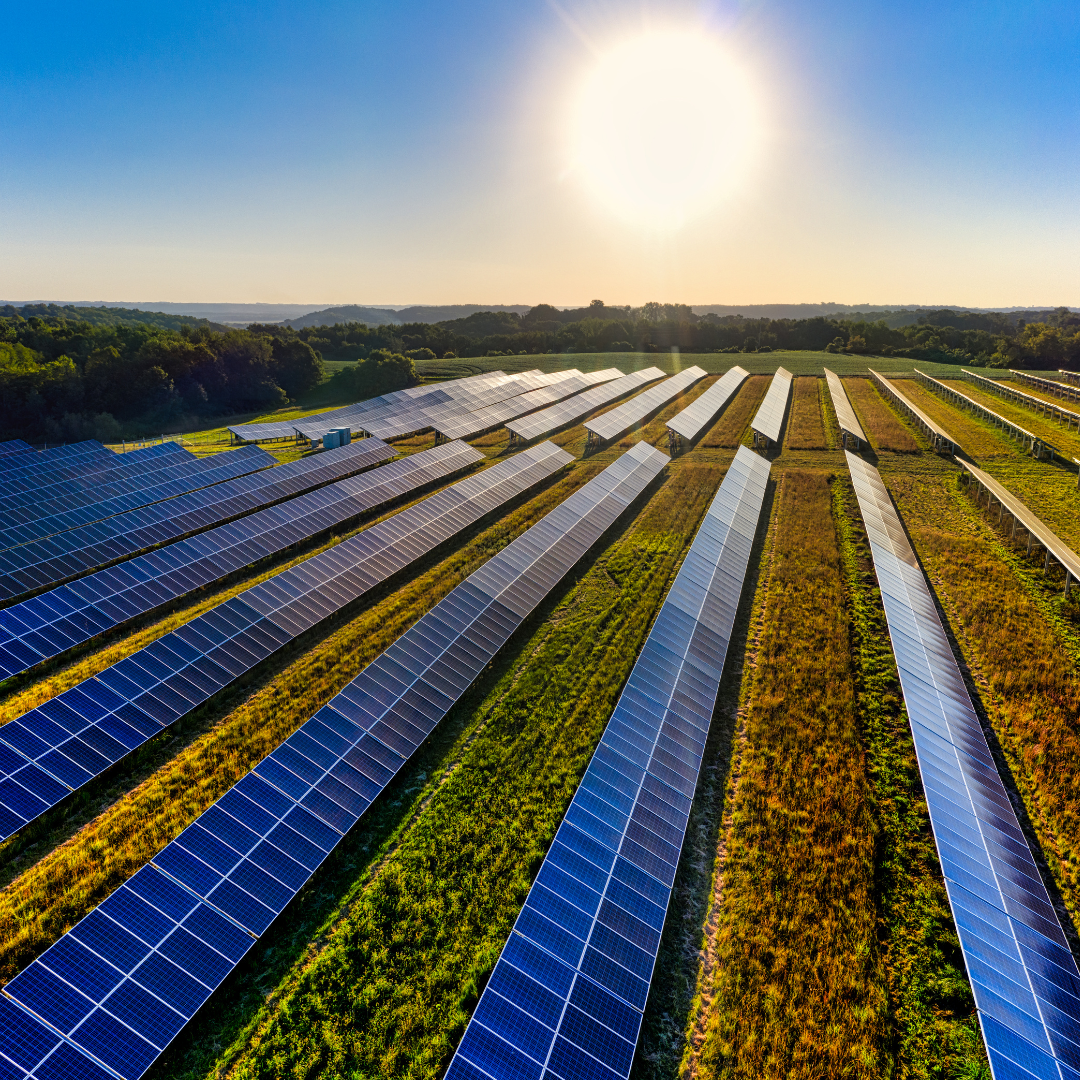Switch to Solar Energy with CleanChoice Energy
Choose wind and solar energy for your home today—no solar panel installation required.
Explore what solar energy options are available to you

AS FEATURED IN
A hassle-free way to support solar energy
Choosing CleanChoice Energy as your electricity supplier is an easy way you can support clean energy—without installing solar panels on your roof.
We're not a utility company.
We're a clean energy supplier.
CleanChoice Energy both builds clean energy projects and supplies 100% renewable energy. When you choose us as your electricity supplier, we'll ensure all the energy you use is replenished on the grid with 100% renewable energy from wind and solar farms in your region.
Your utility company stays the same. They will still maintain your lines and provide your bill. No service calls, equipment, or installation are needed—you'll simply see a line on your electric bill that says your “Supplier” is CleanChoice Energy.
Simple, right?
You have the power to choose the cleaner option
Right now, the electricity that comes to your home likely includes fossil fuels such as gas and coal, which pollute our environment. But by choosing 100% clean energy, you can help improve the air we breathe and the world we share.
Natural Gas
47 %
Nuclear
33 %
Wind/Solar/Hydro
10 %
Coal
9 %
Other
1 %
Wind/Solar/Hydro
100 %
Natural Gas
0 %
Nuclear
0 %
Coal
0 %
Other
0 %
Join us in the fight against climate change
We’re on a mission to make clean air and renewable energy available to all.
In 2021, our customers had the same environmental impact as planting29,758,851 trees
See what others have to say about CleanChoice Energy
Let's keep in touch
Unlock special offers, sun-sational content, and more
Success! You’ve been added to our mailing list.
1 Typical default utility energy mix for customers in states eligible for CleanChoice Energy clean electricity service. Aggregate default utility for: DE, IL, MA, MD, NJ, NY, OH, PA, Washington DC. Not all customers in these areas are eligible. Source: www.eia.gov. CleanChoice Energy has high standards for defining "clean" energy, which includes energy generated from solar, wind, and hydro sources. While nuclear does not emit greenhouse gasses, generation from these sources have other negative environmental consequences.
2 Based on EPA greenhouse gas equivalencies.





